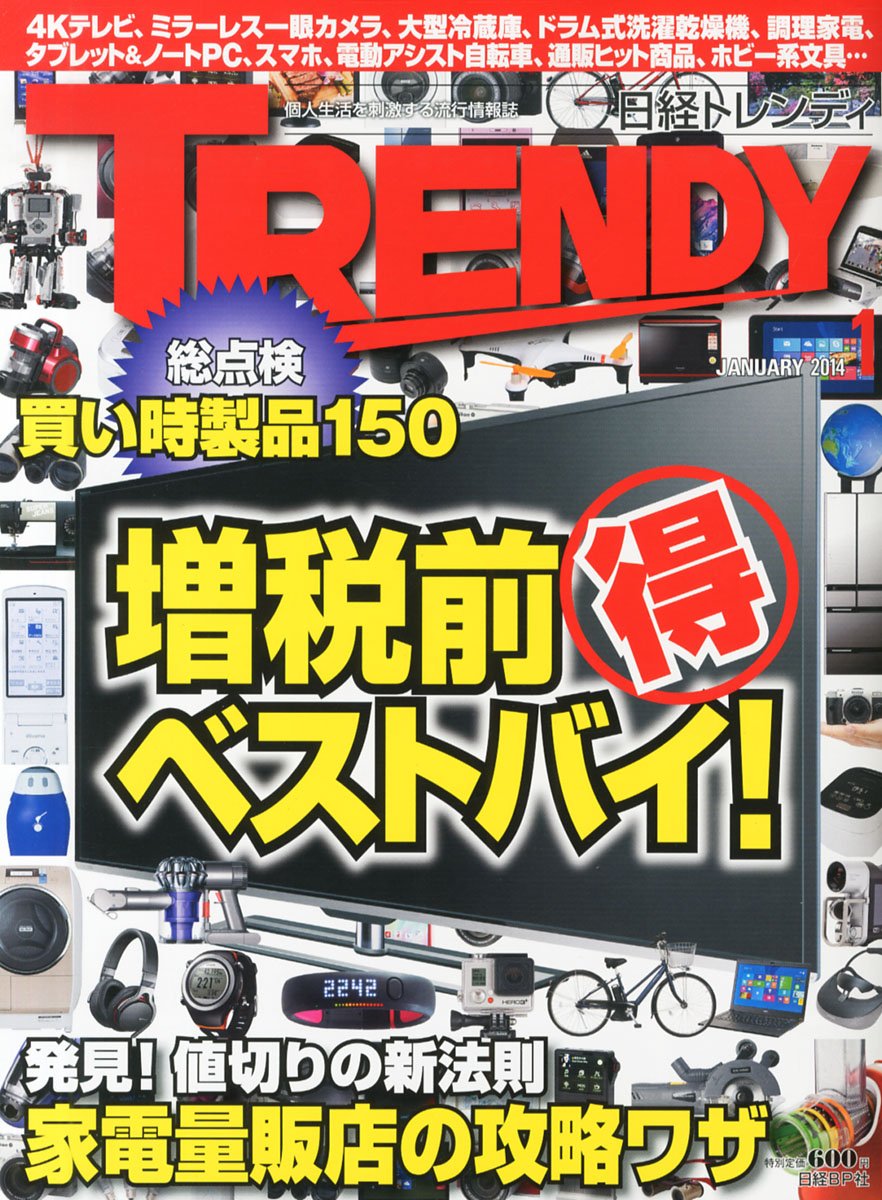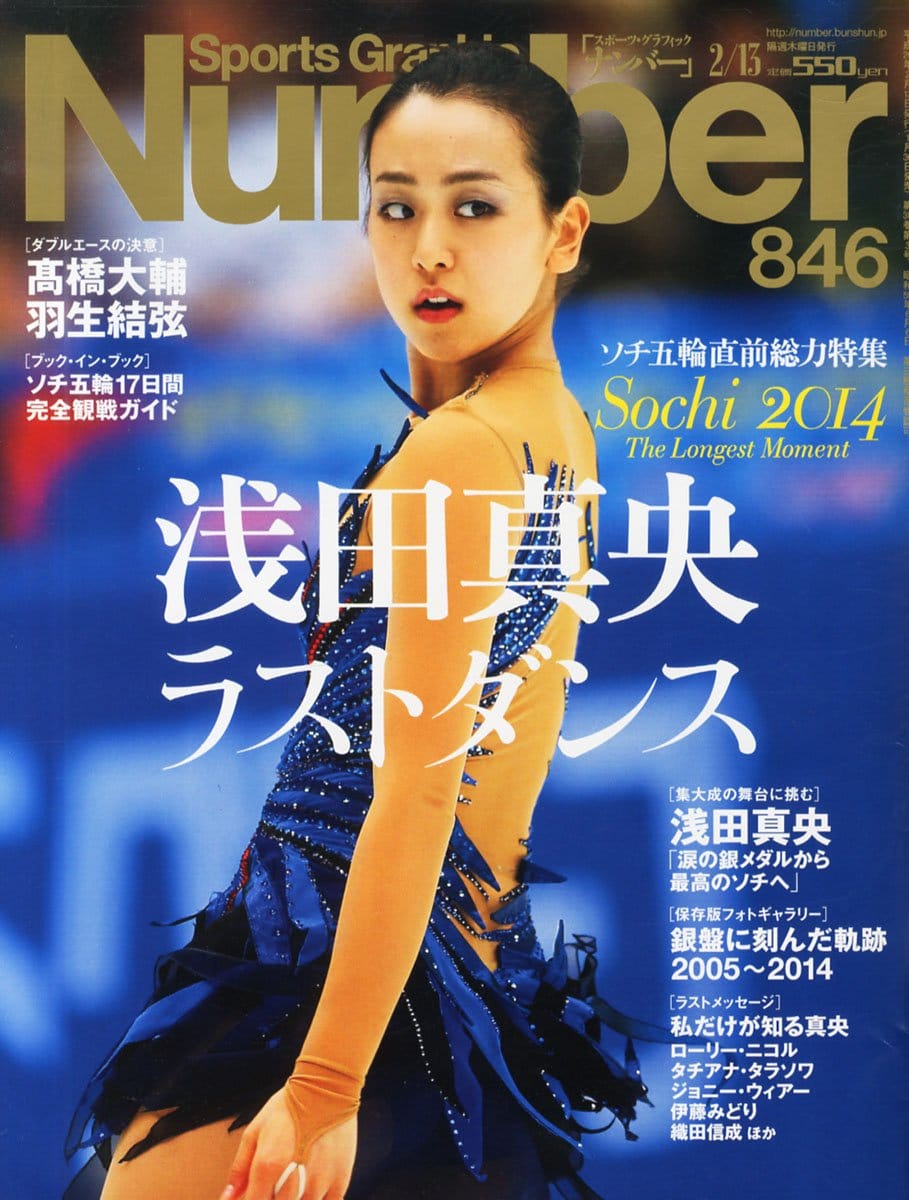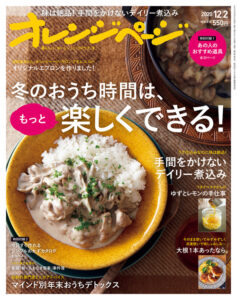
An Easy Guide to Learning Japanese with Magazines
With the dwindling circulation of print magazines, many Japanese language learners turn to linguistic blogs, YouTube-based Japanese instructors and educational podcasts.
It just feels more natural for us—our phones are always on hand, and it seems that very little reading material is found “only in print” these days.
Nevertheless, the print magazine is still very much alive.
I’ll show you some reasons why magazines are an awesome study tool and which study methods to use with them, then I’ll introduce a few of the most popular Japanese magazines on the racks today!
Contents
- Why Learn Japanese with Magazines?
- An Easy Guide to Learning Japanese with Magazines
- What Magazine Is Right for Me?
- And One More Thing...
Download: This blog post is available as a convenient and portable PDF that you can take anywhere. Click here to get a copy. (Download)
Why Learn Japanese with Magazines?
Studying from a magazine that’s targeted toward your lifestyle needs and interests brings serious pluses regardless of your learning goals. For one thing, it’s a sure-fire way to build your Japanese language skills. You can improve:
- Vocabulary
- Reading comprehension
- Reading speed
- Kanji recognition
- Awareness of current events
- Understanding of Japanese culture and media
These can only be great things considering that you probably want to live in Japan, work in a Japanese environment or make Japanese friends.
To illustrate, allow me to share my own experience: A year or two ago, I was hitting the books really hard for the JLPT. I wasn’t too worried about the listening section, but while taking practice tests in my Japanese class I found that the reading and vocabulary parts were giving me some trouble. After a particularly discouraging session, my teacher gave me some advice:
Find an interesting magazine. Read it.
My interest being Japanese music, I found a music magazine that looked good, bought it and tried reading the first article in it. It took me a little while, but I eventually got through it. Though I didn’t understand very much at first—maybe not even half of it—I felt confident that I had gotten the gist.
After getting through that one, I tried another one and managed to get through it a little faster and understand it better. I even recognized some words that I had come across in the first article.
Then I tried another and read through it even faster. As I kept going through the magazine, I noticed my kanji recognition getting better. I was sharpening my ability to skim for main ideas and scan for details. My vocabulary improved.
All the while I was reading about something that I was passionate about, in an authentic source.
This gave me confidence and also multiplied my knowledge of the topic—in this case, the Japanese music scene. I was able to talk about music with my Japanese friends and language exchange partners in ways I couldn’t before—and perhaps never would have, had my teacher not given me that advice.
An Easy Guide to Learning Japanese with Magazines
The “Skim” Approach
The skim approach involves reading a Japanese magazine article almost as if it were one in your native language. You start the engine, push the pedal to the metal and don’t stop until you’ve read the last word of the last sentence.
You’ll likely come across some words you don’t know or some tricky-to-navigate sentences, but you don’t stop for them. The idea is to read through the article as quickly as possible in order to get just the main idea and maybe a couple of key details.
Thus, the skim approach is good for learners who are more concerned with increasing their reading speed and basic reading comprehension. This way, you’re simply getting exposure to Japanese through reading without agonizing over every last detail.
The “Slow and Steady” Approach
The slow and steady approach is basically the opposite of the skim approach. The slow and steady approach means poring over the article carefully without concern for your reading speed.
If you come across an unfamiliar word or structure, you stop and look it up using an online translator or dictionary site like Jisho.
The FluentU program also works like a video-based dictionary, supplying contextual definitions through Japanese media clips and interactive subtitles.
FluentU takes authentic videos—like music videos, movie trailers, news and inspiring talks—and turns them into personalized language learning lessons.
You can try FluentU for free for 2 weeks. Check out the website or download the iOS app or Android app.
P.S. Click here to take advantage of our current sale! (Expires at the end of this month.)

As you read your magazine of choice, you come across a passage that you don’t understand, you go back over it and break it down until you do. You don’t move on until you’re more or less confident that you’re following what’s going on—both generally and specifically—and have recorded and learned everything you have come across that’s “new” to you.
The slow and steady approach is thus preferred by learners who are using Japanese magazines to learn vocabulary—including hiragana and kanji combinations—and sharpen their ability to read for detail.
Which Approach Is Right for Me?
Basically, this depends on your learning style and what you want to improve. That being said, for most learners using Japanese magazines I would recommend a combination of the two.
Start with the skim approach and go through the article as quickly as you can. It’ll be hard at first, but the more articles you try this with, the faster your reading speed will get and the better you’ll be able to get main ideas. This is huge for your confidence.
While skimming, highlight new words or structures or challenging passages you come across. Then, when you’ve finished skimming, take the slow and steady approach to go back to those places you’ve highlighted. Look up new words in a good dictionary and record them in a vocabulary notebook or app. Break down passages into smaller chunks and, if that doesn’t help you, save them for your next Japanese class or language exchange when you can actually ask a native speaker.
This way, you can get the best out of the two approaches: the speed and confidence-building of the skim approach along with the detail-oriented vocabulary-building of the slow and steady approach.
What Magazine Is Right for Me?
As I mentioned at the beginning of this post, there are hundreds upon hundreds of magazines in Japan across an incredibly wide swath of topics.
For this reason, browsing the racks in the bookstore can be an intimidating experience if you don’t already have an idea of what to look for. To get you started, here are some of the more popular periodicals in Japan and their genres.
CanCam | Ladies’ Fashion
It’s been over 30 years since its first issue hit the newsstands, and CanCam is still the authority on fashion, makeup and related advice for women in their early 20s. CanCam is known for using exclusive models in their pages, and becoming a CanCam model is considered a huge stepping stone towards a career in entertainment. Past CanCam models (or “graduates,” as they’re referred to in Japan) like Ryoko Yonekura have gone on to have successful careers on the stage and on screen.
Other well-known titles in this genre are AneCan (a more “mature” version of CanCam for women in their late 20s), Non-no and Vivi.
To boost sales amid decreasing circulation figures, ladies’ fashion magazines, in particular, are known for attaching furoku to new issues. Furoku (付録 / ふろく) are free gifts. 付録 usually come in a box and are sandwiched inside the pages of the magazine, which is then tied up with ribbon to prevent the 付録 from falling out or getting snatched. Common varieties of 付録 include makeup bags and smartphone cases. Often they’re designed by popular domestic or international labels as a cross-promotional effort.
Nikkei Trendy | Culture and Trends
Published by Nikkei, the authority behind the largest economics newspaper in Japan, Nikkei Trendy targets working professionals in their late 20s to early 40s who like to keep up on what’s hip and fresh. Trendy provides information on all the latest, from hit products and services to the coolest movies and music, even covering the newest exercises that are sweeping the nation! Its yearly Top 10 Hit Products issue is consistently a top-seller and always generates a lot of buzz in the media and at the water cooler.
Aera | Current Events
Aera—published by the Asahi Shimbun, one of Japan’s largest dailies—is probably Japan’s closest equivalent to Time magazine (other than the Japanese edition of Time). This weekly publication contains both domestic and international news, as well as a wide range of lifestyle and culture-related features. Luminaries from all over the world have appeared on its covers and have been examined in its “Person in Focus” feature, the likes of Lady Gaga and Roger Federer among them.
Sports Graphic Number | Sports
Sports Graphic Number—or Number for short—is the top sports news magazine in Japan. While Number is written for the armchair athlete, its new-ish sister publication has become one of the more popular Japanese running and fitness magazines.
Popeye | Men’s Fashion
“Magazine for City Boys” is the tagline of every issue of Popeye, a leading authority on Japanese men’s fashion for close to 40 years. Popeye’s target audience is indeed the suave, style-conscious city boy in his 20s and 30s, especially the one with an eye for retro-flavored European style. While most issues of Popeye don’t come with furoku like many of its counterparts in the ladies’ fashion genre, it does use exclusive models. Some of these models have gone on to have successful careers in TV and other media.
Another popular men’s fashion magazine is Men’s Non-no, the Y-chromosomal version of Non-no.
Orange Page | Cooking
Reading and preparing Japanese recipes—what a delicious way to learn the language! Orange Page is one of the most popular cooking magazines in Japan, having run continuously since 1985. Orange Page features tried and tested recipes as well as lifestyle tips, such as how to declutter your home (which is always helpful!).
Additionally, it has a website filled with a wide variety of blog entries in addition to a recipe catalog to keep the modern reader engaged. For those who are vegetarian, there’s nothing to worry about—Orange Page has plenty of vegetarian recipes too. But if you want to read about vegetarian cooking exclusively, make sure to check out Veggy—Japan’s first vegetarian cooking magazine!
Weekly Famitsu | Gaming
Given Japan’s large presence in the gaming industry, it only makes sense that there are a plethora of gaming magazines. Out of all of them, the most well-known is Weekly Famitsu. Beginning as Famicom Shusshin in 1986, Weekly Famitsu is the authority on all things gaming in Japan that covers a wide variety of consoles, games and series.
One of its main features is its highly regarded “Cross Review” game rankings, where a panel of four judges play and rank games out of 10. Some of the titles discussed may be familiar to all of you, as well! Of course, Famitsu’s website is just as up-to-date as its paper counterpart, so the latest in Japanese games are always at your fingertips.
Be-Pal | Outdoors/Hiking
If you’re the outdoorsy type or want to learn more about Japan’s nature scene, this magazine is a great resource! Published by Shogakukan, Be-Pal is filled with articles on outdoor activities such as camping, hiking and fishing, providing a never-ending list of inspiration for your next natural getaway.
It also provides reviews on outdoor gear and touches on environmental issues. For other types of travel, Tabi to Tetsudo is a good feature for train journeys, and Travel Yomiuri covers Japan’s inns and resorts. By reading these magazines, you can learn Japanese and plan a trip to Japan—two birds, one stone!
President | Business
Beginning in 1963 as a collaboration with Fortune magazine in the US, President covers all the latest news and trends in Japan’s professional world. For those who work in Japan or for/with Japanese companies, this magazine is a valuable resource to learn about the goings-on in business, finance and politics.
Of course, you don’t need to be a professional to enjoy this magazine, as the featured topics are written in a manner that is widely accessible to a variety of readers. President also has its own publishing company that puts out other business-related magazines, websites and phone apps.
And that should be more than enough to get you started in the right direction! Take a look at which Japanese magazines best suit your personal passions and interests, and you’ll have opened the door to a fantastic new Japanese learning resource.
Keep exploring until you find a magazine you absolutely love—don’t settle for less!
Download: This blog post is available as a convenient and portable PDF that you can take anywhere. Click here to get a copy. (Download)
And One More Thing...
If you love learning Japanese with authentic materials, then I should also tell you more about FluentU.
FluentU naturally and gradually eases you into learning Japanese language and culture. You'll learn real Japanese as it's spoken in real life.
FluentU has a broad range of contemporary videos as you'll see below:

FluentU makes these native Japanese videos approachable through interactive transcripts. Tap on any word to look it up instantly.

All definitions have multiple examples, and they're written for Japanese learners like you. Tap to add words you'd like to review to a vocab list.

And FluentU has a learn mode which turns every video into a language learning lesson. You can always swipe left or right to see more examples.

The best part? FluentU keeps track of your vocabulary, and gives you extra practice with difficult words. It'll even remind you when it’s time to review what you’ve learned. You'll have a 100% personalized experience.
Start using the FluentU website on your computer or tablet or, better yet, download the FluentU app from the iTunes or Google Play store. Click here to take advantage of our current sale! (Expires at the end of this month.)











